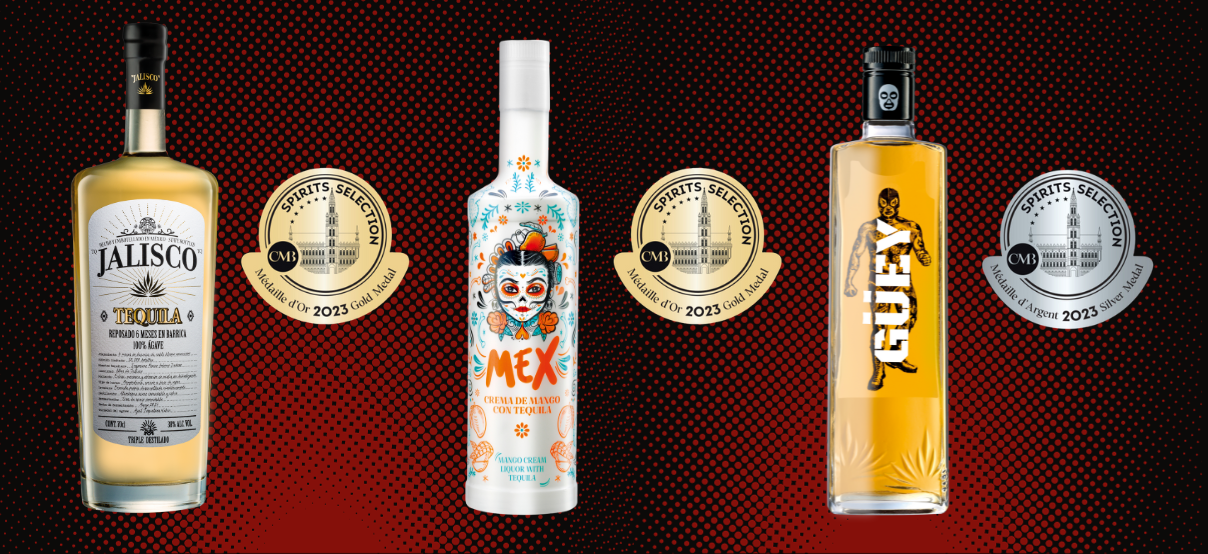Differences between a cocktail shaker and a mixing glass:❄️🥶. Both share the same mission in cocktail making, they are used to cool
Here are some more characteristics…
🌪️Cocktail shaker:
◽It has two parts: a metal cup and a tight-fitting lid
◽It is used to shake/whisk the ingredients of an ideal cocktail for those which require quick and vigorous mixing. This enables the ingredients to mix together better and offers a smoother texture.
◽We call this action Shaking
💎🥄Mixing Glass:
◽An elegant glass receptacle with a long teaspoon.
◽It is mainly used to gently mix the ingredients and cool the drink without shaking it too much with a long bar spoon.
◽We call this action Stirring

In short, the cocktail shaker stands out for its ability to quickly shake and mix ingredients, achieving perfect mixing and a smooth texture. Meanwhile, the mixing glass stands as a symbol of elegance, cooling and gently mixing ingredients without altering their essence.
Both have their own charm, and choosing one or the other depends on the type of cocktail you want to prepare and the desired effect in the final mix. It is time to raise our glasses and toast to versatility and creativity in the world of cocktail making!



